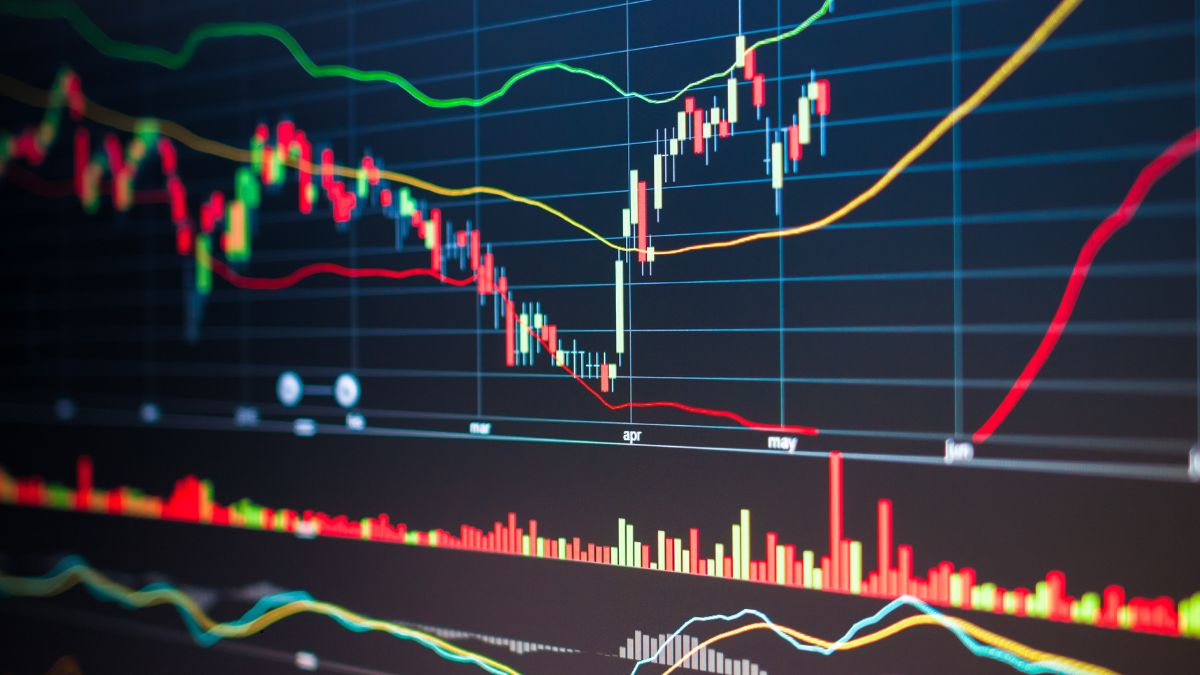U.S. stock markets experienced intense volatility on Monday, April 7, with key indices plunging sharply in early trading before recouping some losses. Investor sentiment remained firmly negative as President Donald Trump reiterated his commitment to aggressive tariff policies, raising fears of a full-blown global trade war.
The benchmark S&P 500 fell 2%, after an initial 3.6% dive, edging closer to bear market territory. The Dow Jones Industrial Average slumped more than 1,000 points, or 2.6%, while the tech-heavy Nasdaq Composite declined 1.75%, marking a continuation of its two-day selloff.
Trump’s comments over the weekend — “Sometimes you have to take medicine to fix something” — signalled no near-term policy shift, further unsettling investors. The latest round of 10% tariffs on a broad range of imports came into effect over the weekend, with more targeted levies expected midweek.
The rout was echoed globally, with Japan’s Nikkei 225 and Hong Kong’s Hang Seng Index sliding into bear market zones. China’s retaliatory tariffs and signals from the EU about similar measures deepened the selloff.
Tech stocks led the U.S. declines, with Tesla dropping 6.7%, Nvidia 4.5%, Apple 4%, Meta 3.3%, Amazon 3.2%, Microsoft 2.4%, and Alphabet 2.3%.
Meanwhile, JPMorgan Chase CEO Jamie Dimon downplayed recession fears but warned of slower growth and rising inflation. However, risk assets continued to slide, with crude oil falling nearly 3% below $60 per barrel — a level last seen in 2021 — and Bitcoin dropping 5.5% before recovering to trade 2.1% lower.
Trump attempted to calm markets via Truth Social, claiming talks with multiple countries were underway, including Japan. But investor scepticism remains high amid escalating trade tensions.


